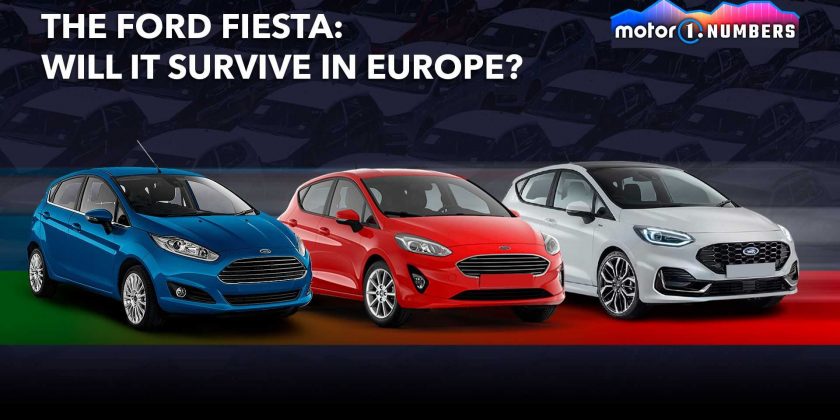With more complex regulations now around the corner and the electrification of the industry taking off, automobile manufacturers will be faced with some very difficult decisions in the next few years. They need to decide whether to keep current models or abandon familiar faces to focus on more efficient electric cars.
This is probably Ford Europe’s predicament with regards to the future of the Fiesta, its superstar seller in the region for decades. The small car has been on the market for over 40 years, during which it’s become a staple for the European market, selling more than 16 million units throughout its long life.
A Fiesta With The Fiesta
The Fiesta has evolved over the years into more attractive and competitive generations. As such, it’s been able to survive many crises while outselling strong competitors such as the Volkswagen Polo, Renault Clio, or Fiat Punto. When the European car market lost ground from 2011 through 2013, many of the B-segment cars ended production. This was the case of the Fiat Punto, a long-time leader that never got a fourth generation due to the contraction in sales of the B segment in Europe.
So, is it possible the Fiesta could suffer the same fate as the defunct Punto? On that front, the outlook for the B segment in Europe isn’t good. In fact, in the last eight years, it has lost more than 5 points of market share, and the slide hasn’t stopped. The main reason lies in the arrival and popularity of small SUVs, and Ford is certainly not exempt from this trend.
In 2014, Ford introduced the EcoSport in Europe and, although it did not initially meet its sales targets, it managed to reposition this B-SUV and earn a fair share of the segment. In 2017, the EcoSport registered 63,000 units registered in Europe against 255,000 for the Fiesta. A year later, Ford sold 113,000 units of the SUV and 271,000 units of the hatchback. In 2019, there were 229,000 Fiestas and 123,000 EcoSports, and by then, the brand had introduced another B-SUV, the Puma.
In 2020, the pandemic and the Puma dented the popularity of the Fiesta. Its volume dropped 32 percent to just 156,000 units. Last year, there were 82,000 registered units of the hatchback versus 134,000 for the Puma. The segment share of the former dropped from 6.8 percent in 2020 to just 3.9 percent in 2021, while the crossover percentage increased from 6.4 to 6.6 percent.
A Family Feud?
Today, the Fiesta plays a minor role in the B segment. According to JATO, in the first half of this year, its registrations have continued to decline by 49%. That’s considerably more compared to the total segment decline, which is down 19 percent. In June, the Fiesta, a car that has been a European top-ten seller for many years, was overtaken by nine other competitors and occupied 58th position in the overall standings.
The current Fiesta has been around since the beginning of 2017. It’s five years old and therefore expected to exist in its current format for another two or three years. However, it is unclear whether Ford will keep this iconic car in production as a traditional small sedan or not. We already know the three-door hatchback is dead, and Ford recently announced it was no longer accepting orders for the Fiesta lineup. The automaker could likely prioritize an electrified crossover version and reposition the model to utilize the boom of SUVs.
Whatever the decision made by Blue Oval executives, the truth is that the European B-segment is expected to experience further turmoil in the coming years. The legislation is making cars more expensive to produce at a time when consumers only want SUVs. And it’s happening just as Chinese manufacturers are preparing to bring their most competitive cars to global markets.
The author of the article, Felipe Munoz, is JATO Dynamics Automotive Industry Specialist.
Source: Read Full Article
